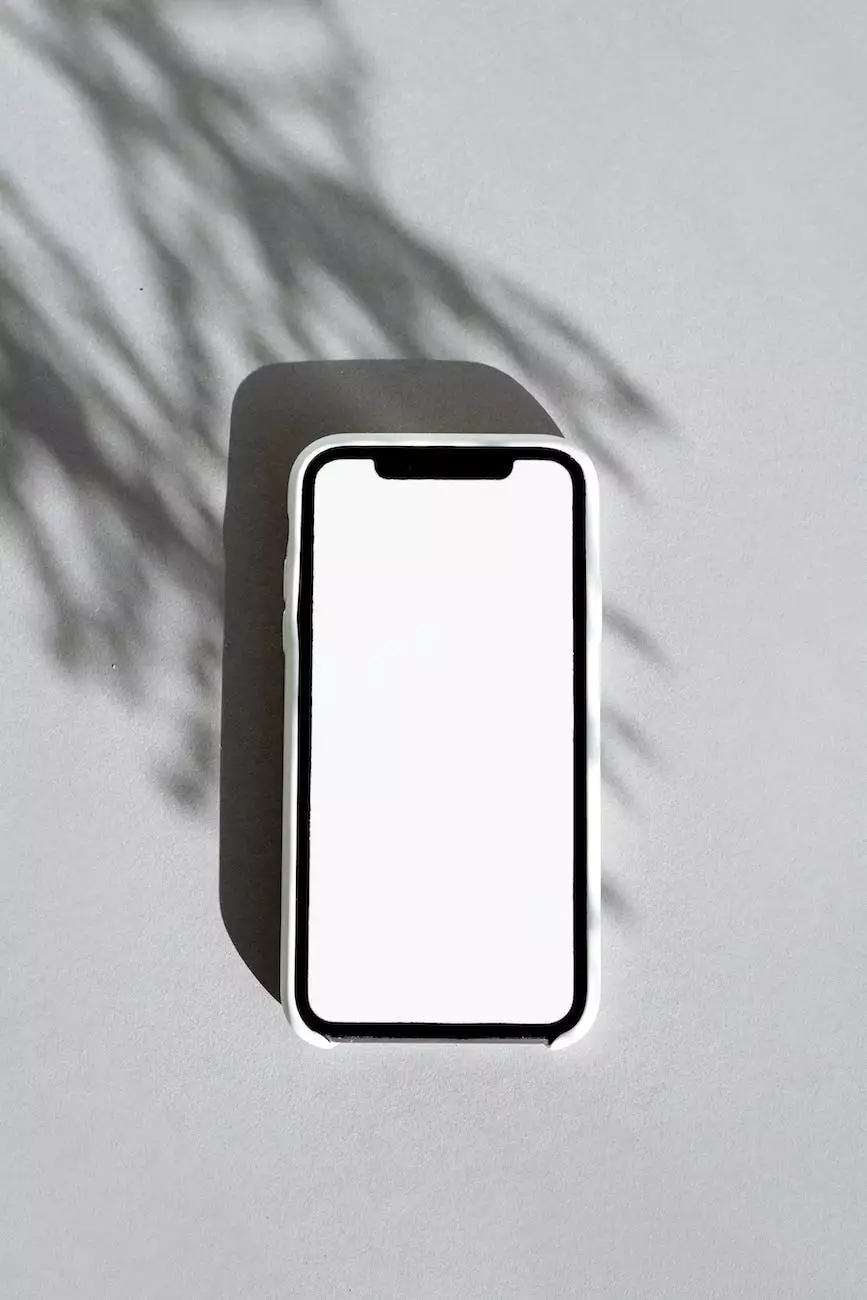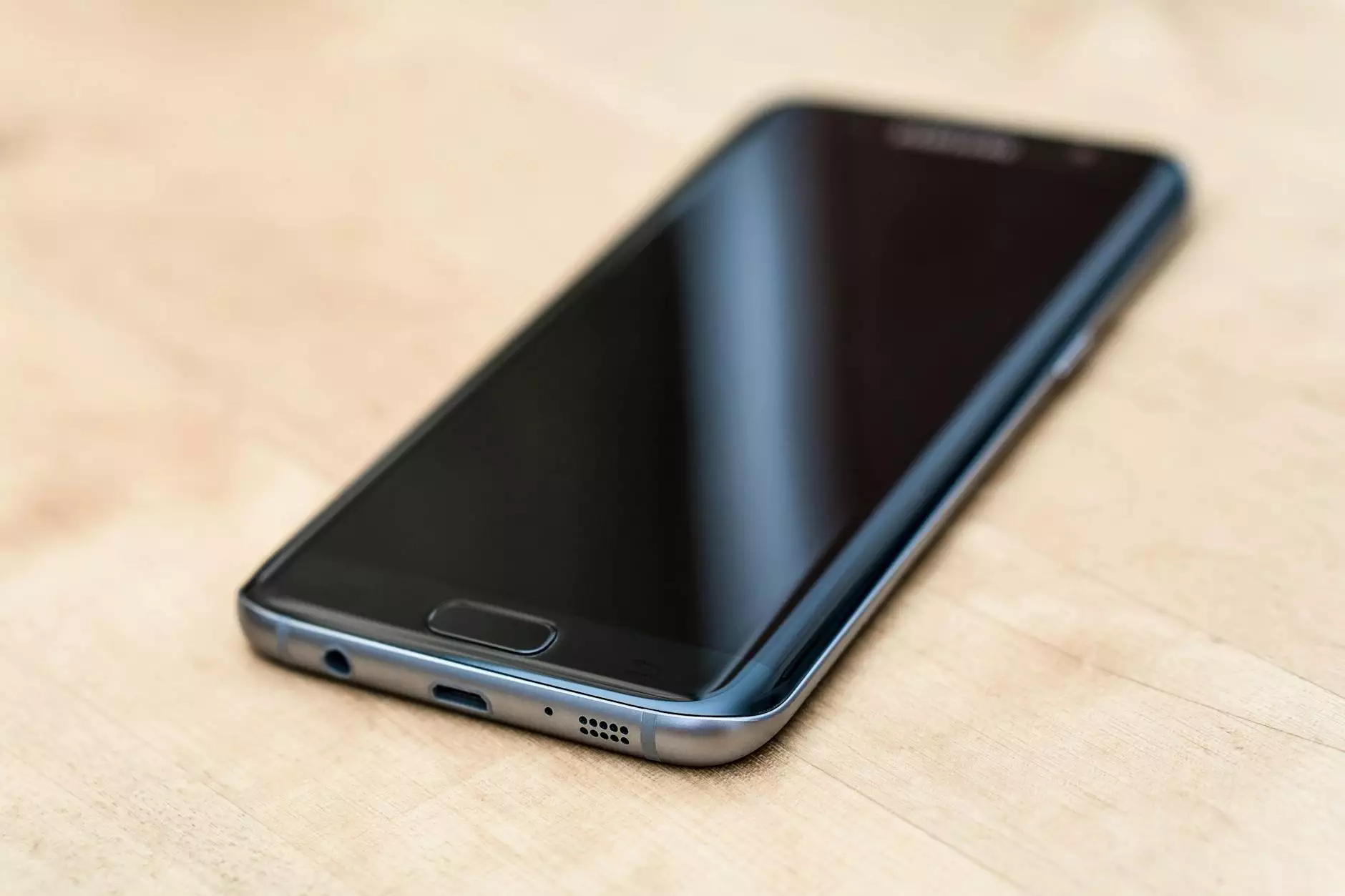The Life of a Screen - Things You Should Know
Blog
The Importance of Screens in the Digital Age
In today's interconnected world, screens have become an integral part of our lives. Whether it's the screen on your smartphone, laptop, or television, these devices play a crucial role in how we communicate, access information, and entertain ourselves.
Understanding the Lifespan of a Screen
Have you ever wondered how long a screen lasts before it needs to be replaced? The lifespan of a screen depends on various factors such as the quality of its components, usage patterns, and maintenance. Let's explore some essential aspects:
1. Types of Screens
Screens come in different forms, including LCD (Liquid Crystal Display), LED (Light Emitting Diode), OLED (Organic Light Emitting Diode), and CRT (Cathode Ray Tube). Each type has its own unique characteristics and longevity.
2. Average Lifespan
The average lifespan of a screen varies across different devices and manufacturers. Generally, a well-maintained screen can last anywhere from 5 to 10 years. However, frequent use, exposure to environmental factors, and hardware/software advancements can impact this duration.
3. Factors Affecting Lifespan
Several factors influence the lifespan of a screen:
- Usage Hours: Screens used extensively for extended periods are more likely to degrade faster.
- Environmental Conditions: Extreme temperatures, moisture, dust, and direct sunlight can affect a screen's components.
- Quality of Components: Screens with higher-quality components tend to have a longer lifespan.
Extending the Lifespan of Your Screen
To maximize the lifespan of your screen, consider the following tips:
1. Proper Cleaning and Maintenance
Regularly clean your screen using a soft, lint-free cloth and appropriate cleaning solutions. Avoid using harsh chemicals or abrasive materials that might damage the surface. Additionally, follow the manufacturer's guidelines for maintenance.
2. Adjust Display Settings
Optimize your screen's brightness and contrast settings. Reducing the brightness level can help prolong its lifespan while saving energy.
3. Avoid Screen Burn-in
Screen burn-in occurs when static images are displayed for long periods, causing persistent ghost images. Avoid leaving static content on your screen for extended periods, especially at maximum brightness.
4. Update Firmware and Software
Keep your screen's firmware and software up to date. Manufacturers often release updates to enhance performance, fix bugs, and address potential issues that can impact the lifespan.
Recycling and Disposing of Old Screens Responsibly
As screens reach the end of their lifespan, it's crucial to handle their disposal responsibly. Consider the following options:
1. Recycling Centers
Many recycling centers accept old screens and devices. They ensure proper recycling and disposal, minimizing environmental impact.
2. Manufacturer Take-Back Programs
Some manufacturers offer take-back programs to collect and recycle their products at the end of their lifespan. Check with the manufacturer or their website for details.
3. E-Waste Collection Events
Local communities often organize e-waste collection events where you can drop off your old screens and other electronic devices for safe disposal. Keep an eye out for these events in your area.
Conclusion
Understanding the life cycle of a screen is essential in today's digital world. By knowing the different types of screens, their average lifespan, factors affecting longevity, and how to extend their lifespan, you can make informed decisions and ensure the optimal performance of your devices. Remember to dispose of old screens responsibly to contribute to a sustainable future. SEO-Web Technologies is your trusted source for comprehensive information on screens and various digital marketing services. Stay tuned for more educational content and updates from our expert team.










